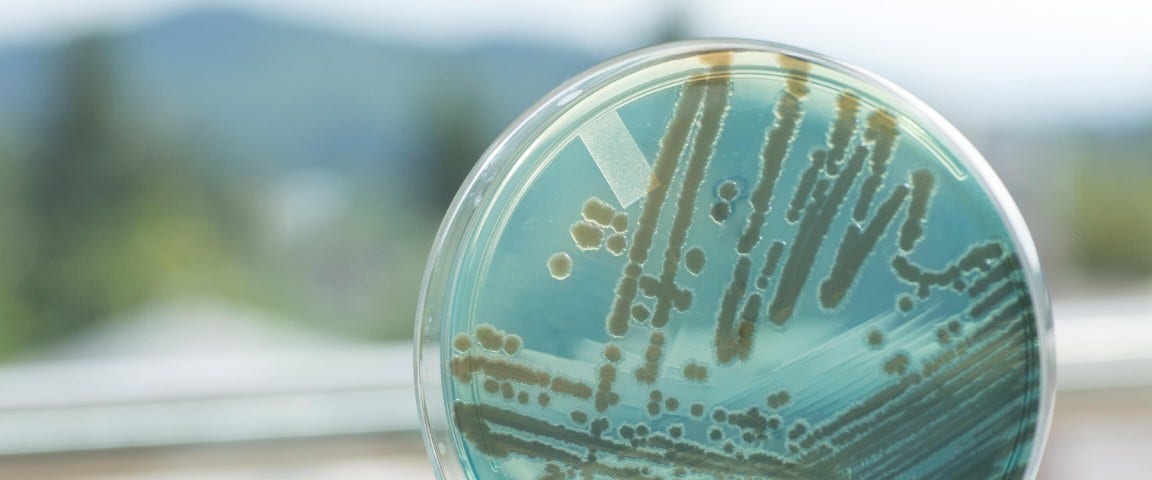Microplastic filters with activated carbon against multi-resistant germs
The invisible danger
Micropollutants, multi-resistant germs and microplastics in treated waste water represent a danger for people and the environment. MANN+HUMMEL and its subsidiary MICRODYN-NADIR are meeting this challenge with modern membrane technology. A pilot project is showing the first results.

"In the past, one thought that if you can't see it, it can't hurt you. Today we know this is not true. In fact, the reverse is true." Werner Ruppricht is Senior Sales Director at MICRODYN‑NADIR, a subsidiary of MANN+HUMMEL with its headquarters in Wiesbaden. "The air contains harmful gases and particulates. Water contains micropollutants, multi-resistant germs and microplastics. They are not visible to the naked eye, but can represent a big risk to the environment and human health", he explains.
Micropollutants and germs are present everywhere
Invisible but present everywhere. Microplastic particles are formed naturally as products made from plastic disintegrate or are created intentionally as ingredients for cosmetics and cleaning agents. The expression micropollutants also includes waste material from medicines and pesticides. Then, in addition, there are also multi-resistant germs which are formed and spread through the increased use of antibiotics in the breeding of animals and medicines. This all results in an additional health risk for people.
The limits of conventional waste water treatment
"These resistant germs, micropollutants and microparticles penetrate the waste water which is treated in sewerage plants via the water system. Conventional processes for the treatment of waste water, however, are unfortunately unable to efficiently separate these pollutants. Furthermore, sewerage plants are the ideal place for the multiplication and dissemination of multi-resistant germs", explains Ruppricht.
At the present time, the operators of sewerage plants usually use a process which is a combination of activated carbon and a sand filter located downstream to separate micropollutants. The activated carbon and the sand filter reduce the trace substances such as pharmaceutical residues and microplastics. But for multi-resistant germs they are not a barrier. In addition, the sand filter is not able to fully separate the activated carbon. As a result, it is able to partly enter and pollute the ambient air. The objective of the development from MICRODYN-NADIR is to remove this limitation of the process.
Pilot project with ultra-filtration membranes
For some time now MICRODYN‑NADIR has been testing a new process in a pilot project in the municipal sewerage plant in Hünxe (North Rhine-Westphalia), which is a combination of activated carbon and immersed membrane filtration. The results have been positive, with the combination of activated carbon and the membrane stage able to retain trace substances, microplastics and activated carbon from the treated waste water. The use of ultra-filtration membranes which have a pore size a thousandth of the diameter of a human hair also allows researchers to separate germs. "The combination is a very efficient and economic alternative to conventional processes and is characterized by its considerably superior separation performance", explains Ruppricht. "The testing phase has already shown that our process meets the high requirements for the treatment of waste water and in particular sets new standards with regard to the separation of multi‑resistant germs. We are therefore able to make a valuable contribution to protect people and the environment."